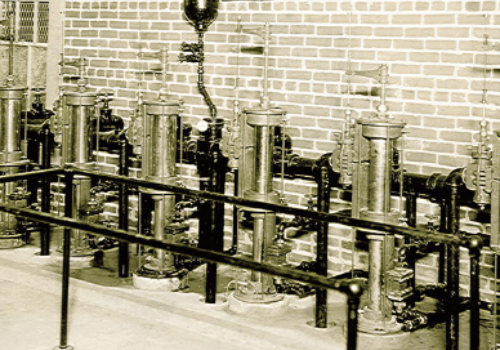
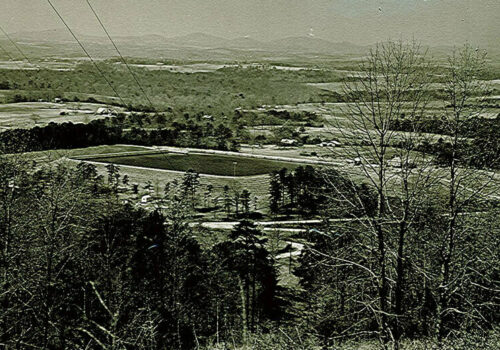
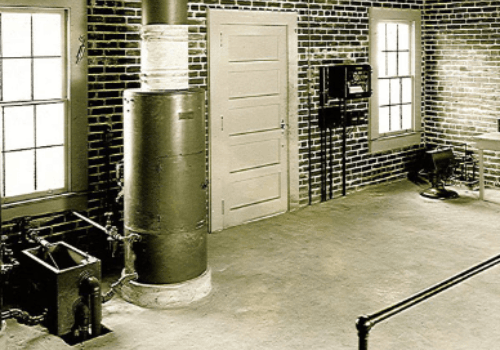
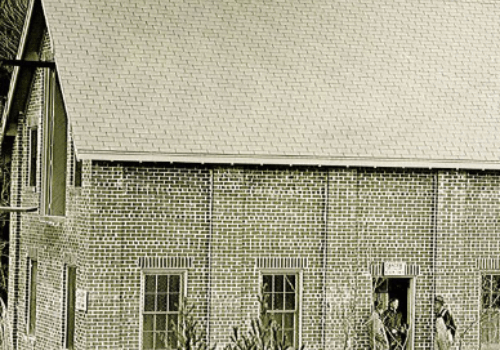
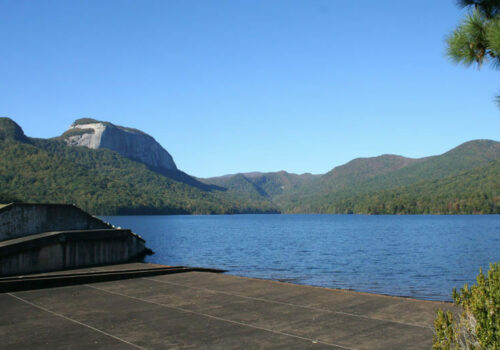
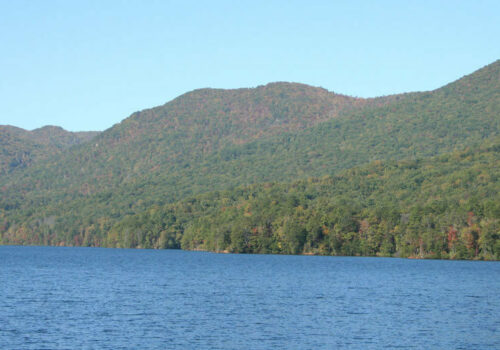
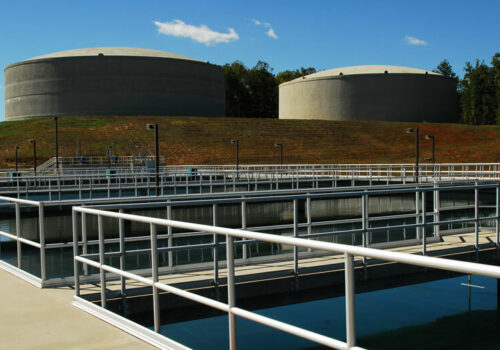
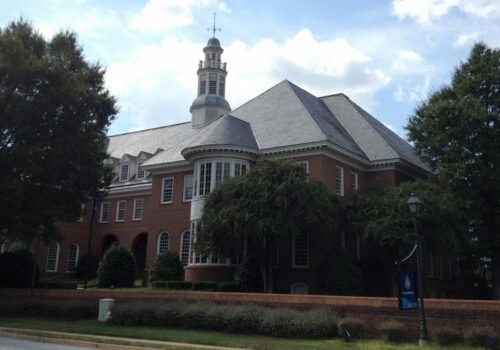
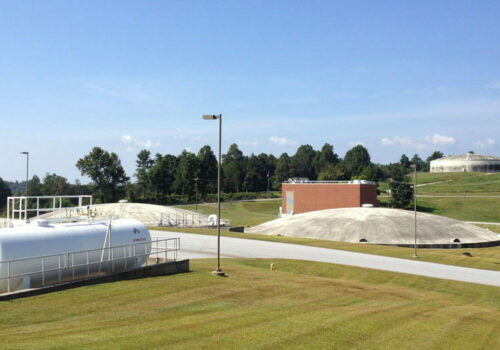
In 1889, the American Pipe Manufacturing Company from Philadelphia built a water system to serve the town of Greenville with a population of 8,600. This company was later known as the Paris Mountain Water Company, a corporation that secured its charter in South Carolina and the system.
The Number 1 Reservoir was constructed on the northeast slopes of Paris Mountain and eight miles of 12-inch water main was installed to provide water service to the city by gravity. This system began operation in June 1890.
In 1899, the Number 2 Reservoir was constructed at a lower elevation on the side of Paris Mountain. Steam pumps and pressure filters were installed to deliver water from the Number 2 Reservoir to the 12-inch gravity line.
In 1918, the Commissioner of Public Works of the City of Greenville purchased the water system from the Paris Mountain Water Company for $800,000.
The Commissioners also had a vision to purchase a pristine watershed, resulting in the Table Rock Reservoir. This was the first time in our nation’s history that a water system had total ownership of all land for a drinking reservoir.
The Commissioners bought the North Saluda Watershed, again securing an extremely pure water source.
In 1985, the commission accessed Lake Keowee as a water source for future needs, placing the modern Witty Adkins Water Treatment Plant into operation.
Five years later, a beautiful 43,000 square-foot headquarters was built housing the Management, Administration, Billing, Field Services, Customer Service and Engineering departments.
The Lyndon B. Stovall Water Treatment Plant in Travelers Rest, which uses state-of-the-art Dissolved Air Flotation (DAF) technology, filters water almost ten times clearer than standards require. This is also the case for the Witty Adkins Water Treatment Plant.